Your vital organs—screened
Scan your body for potential cancer and 500+ conditions in up to 13 organs.




Our scan is designed to















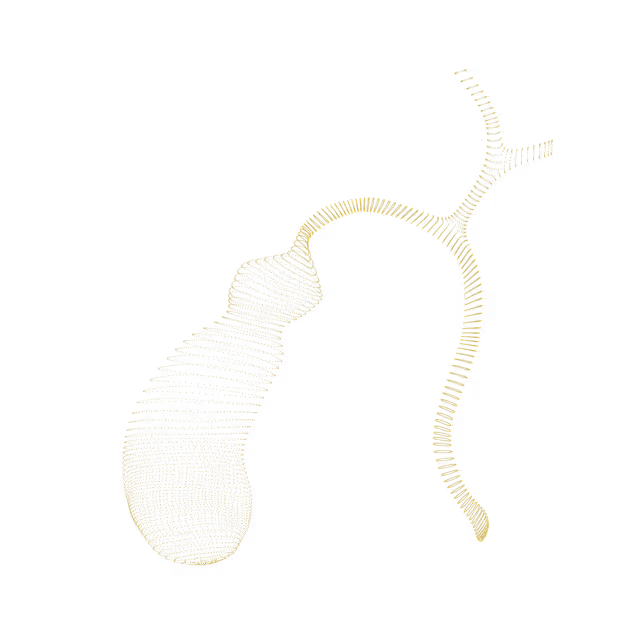
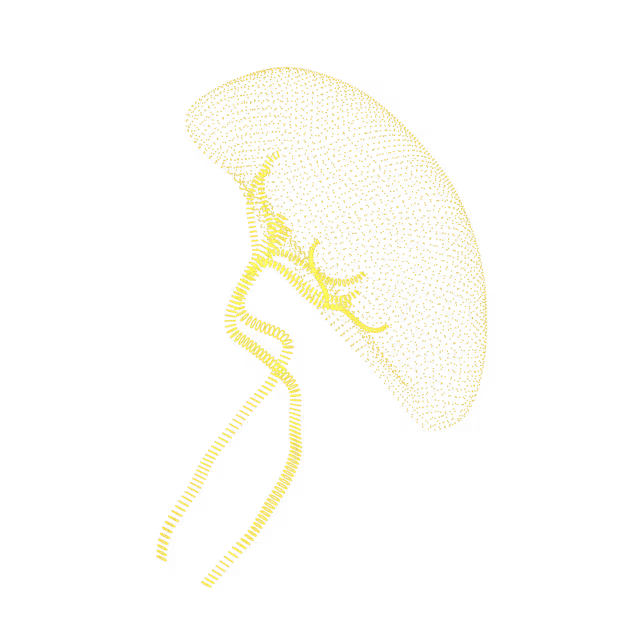

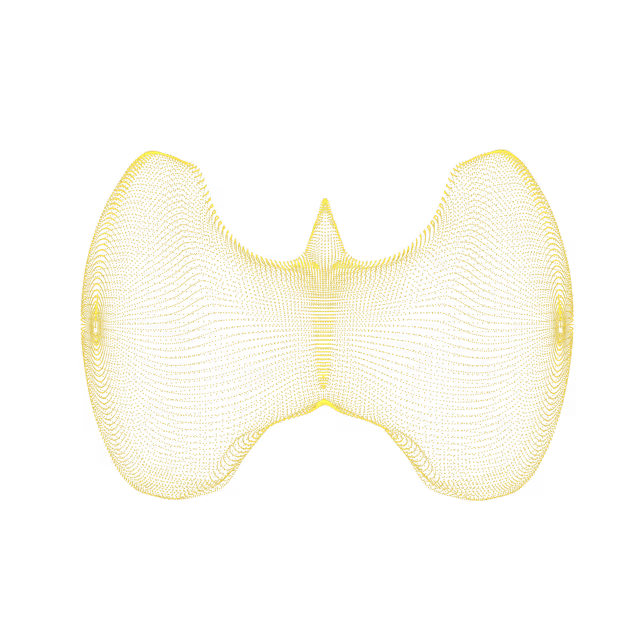

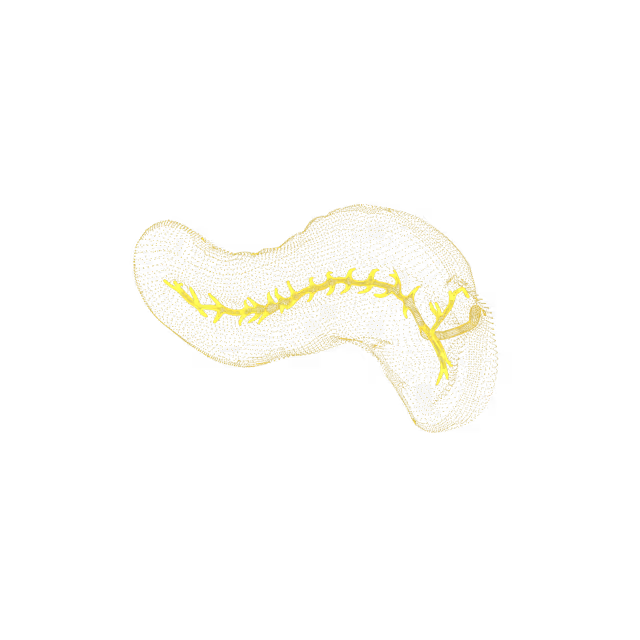
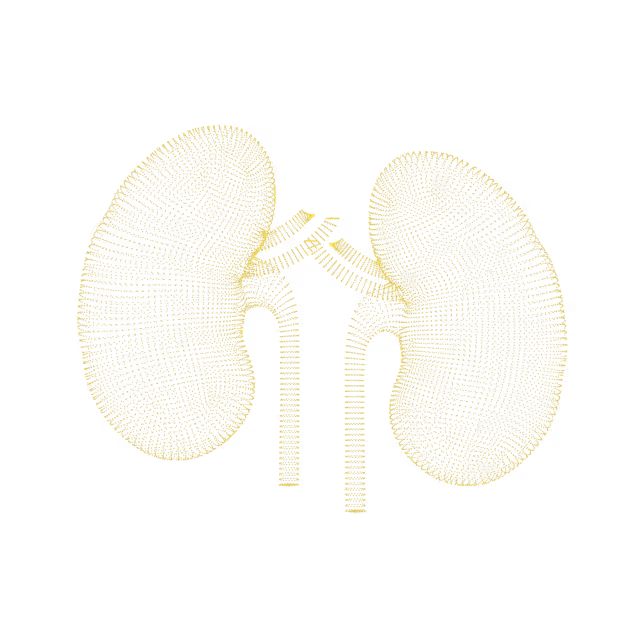
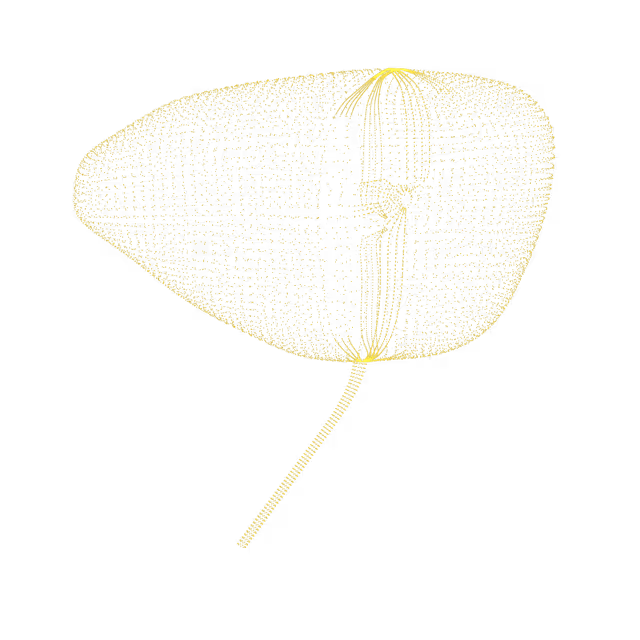
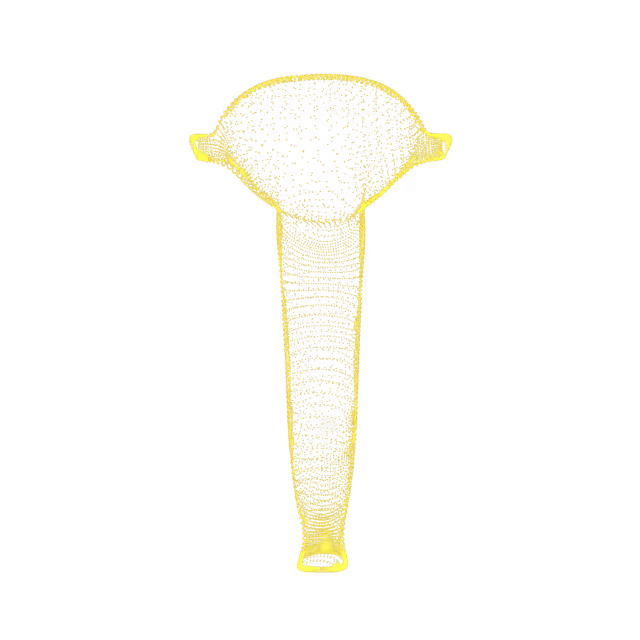
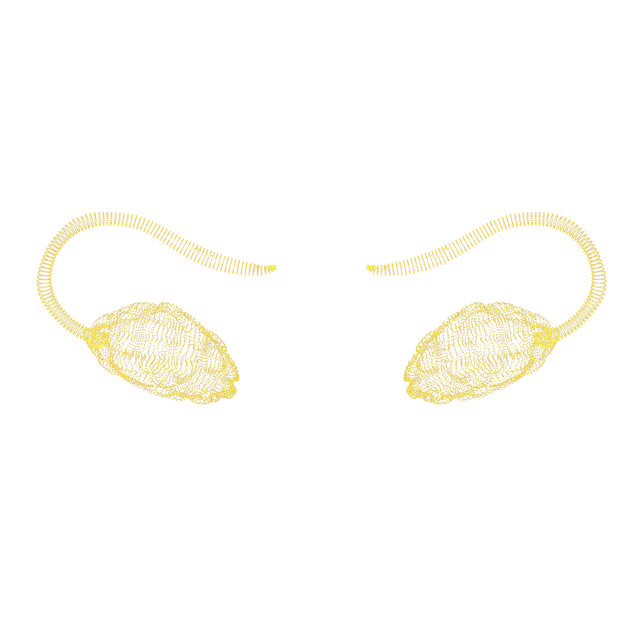
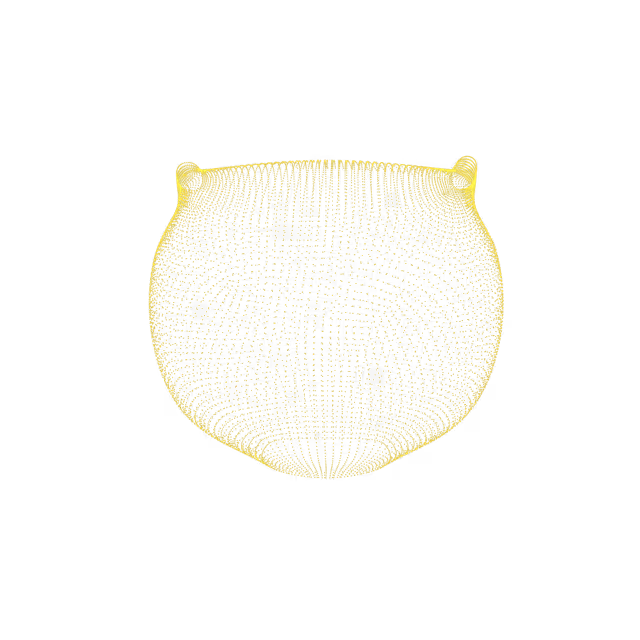

Sometimes the salts and minerals in the urine can crystalize and form kidney stones. Factors that increase the risk of developing kidney stones include a family or personal history of having stones in the past, dehydration, obesity, and diets high in animal protein, sodium (salt) and/or sugar. If a kidney stone does get stuck, obstructed, it can cause symptoms of flank (side and/or back), groin or abdominal pain, nausea/vomiting, bloody urine, and painful or frequent urination.
Sometimes the salts and minerals in the urine can crystalize and form kidney stones. Factors that increase the risk of developing kidney stones include a family or personal history of having stones in the past, dehydration, obesity, and diets high in animal protein, sodium (salt) and/or sugar. The renal stone in your images is not blocking the flow of urine.
Perinephric stranding refers to the appearance of edema (a build-up of fluid) within the fat of the perirenal space (an anatomical space within the abdomen that contains the kidneys, renal vessels, renal collecting systems, adrenal glands and fat) on CT or MRI imaging. A small amount of perinephric stranding is considered normal as an individual ages, especially when it’s noted in equal amounts in both perirenal spaces. However, asymmetric or unilateral perinephric stranding is an important sign of renal inflammation (e.g. acute pyelonephritis) or of acute obstruction (e.g. the presence of kidney stones).
Parapelvic renal cysts are common findings of small fluid sacs adjacent to the renal pelvis (the enlarged upper end of the ureter, which carries urine from the kidney to the urinary bladder) or renal sinus (a fat filled cavity inside the kidney). Parapelvic cysts usually do not cause symptoms, but sometimes may grow in size leading to kidney infection (pyelonephritis), kidney stones, hematuria (blood in the urine) or hydronephrosis (swelling of a kidney due to a build-up of urine).
Urinary tract infections (UTIs) happen when bacteria goes into the urethra (the final tube that empties urine from the body) and travels into the bladder. If the infection continues traveling past the bladder and into the kidneys, it is called pyelonephritis (a kidney infection). Both bladder and kidney infections are more common in women than men because of the shorter urethra length. Symptoms and signs of pyelonephritis include blood in the urine, burning with urination, the need to urinate frequently, fever/chills, flank/back pain and nausea/vomiting.
Peripelvic renal cysts are common findings of small fluid sacs within the renal pelvis (the enlarged upper end of the ureter, which carries urine from the kidney to the urinary bladder). Peripelvic cysts usually do not cause symptoms, but sometimes may grow in size leading to kidney infection (pyelonephritis), kidney stones, hematuria (blood in the urine) or hydronephrosis (swelling of a kidney due to a build-up of urine).
Angiomyolipoma (AML) is a benign (non-cancerous) tumor of the kidney that is composed of blood vessels, fat, and smooth muscle cells.
Renal cell carcinoma (RCC), also known as renal cell cancer or renal cell adenocarcinoma, is the most common type of kidney cancer.
A ureterocele is a congenital (present from birth) variation in the ureter (tube that connects the kidney to the bladder) where the ending closest to the bladder has sac-like ballooning.
The ejaculatory ducts are paired tubular structures that pass through the prostate, adding secretions from the prostate that are necessary for sperm function. They are responsible for delivering sperm into the urethra (the tube that carries semen from the ejaculatory ducts out of the body). Ejaculatory duct obstruction refers to a blockage of one or both of the ejaculatory ducts.


© 2025 Ezra